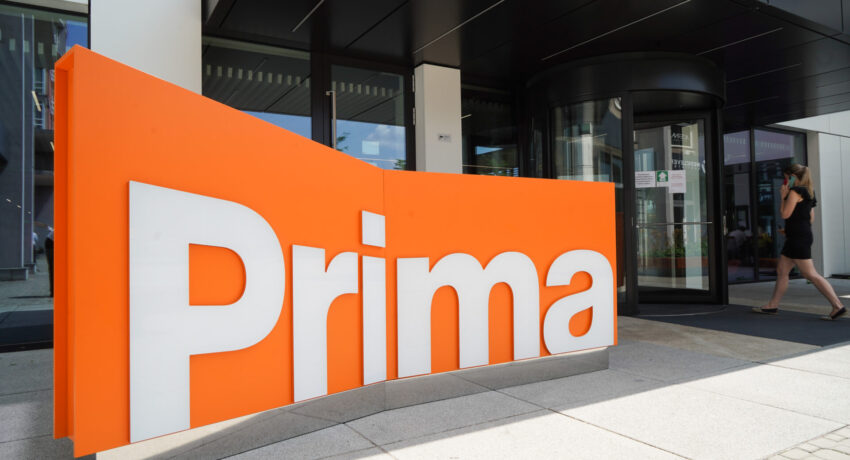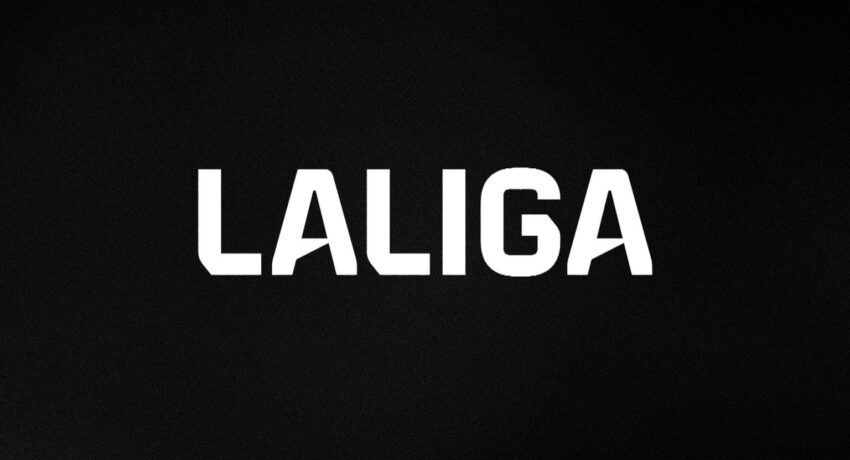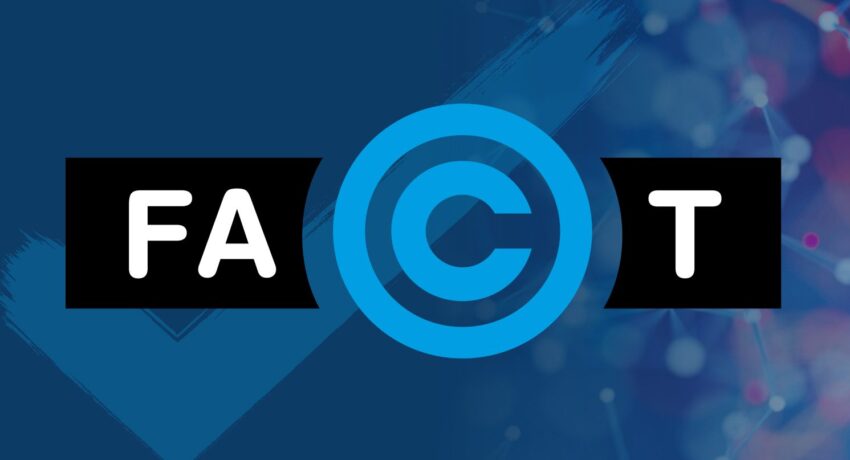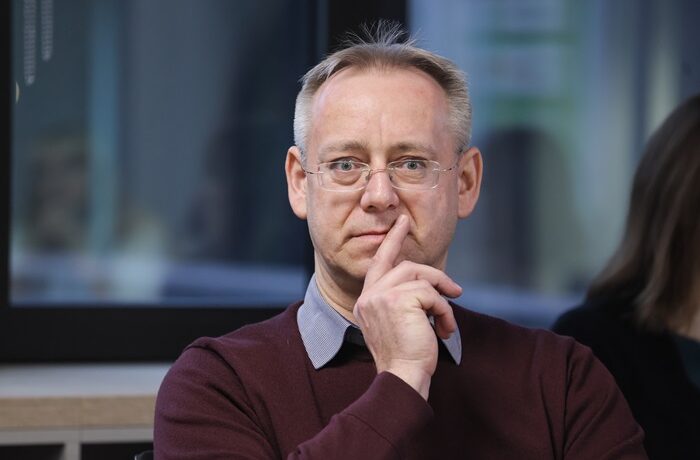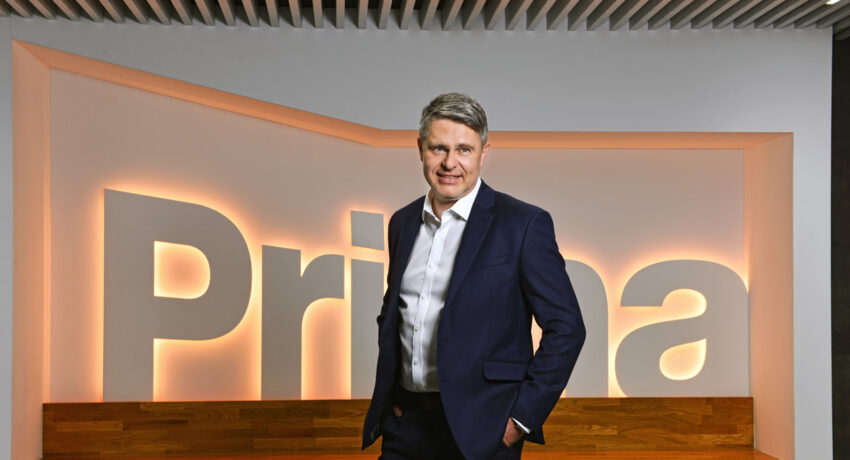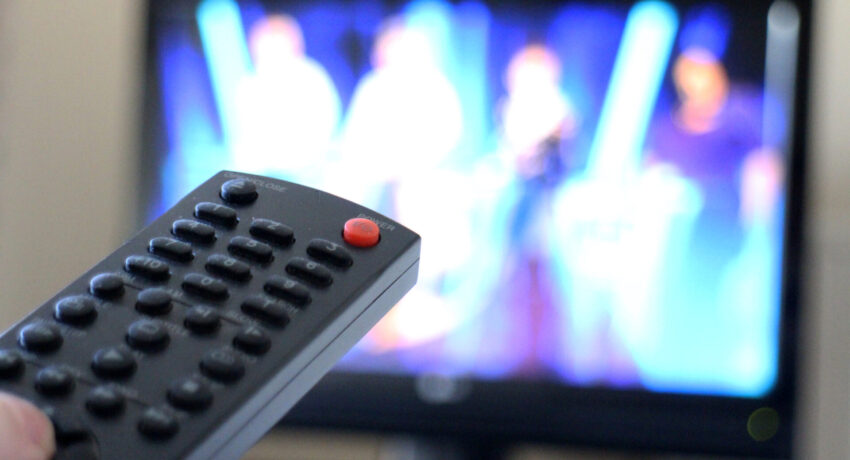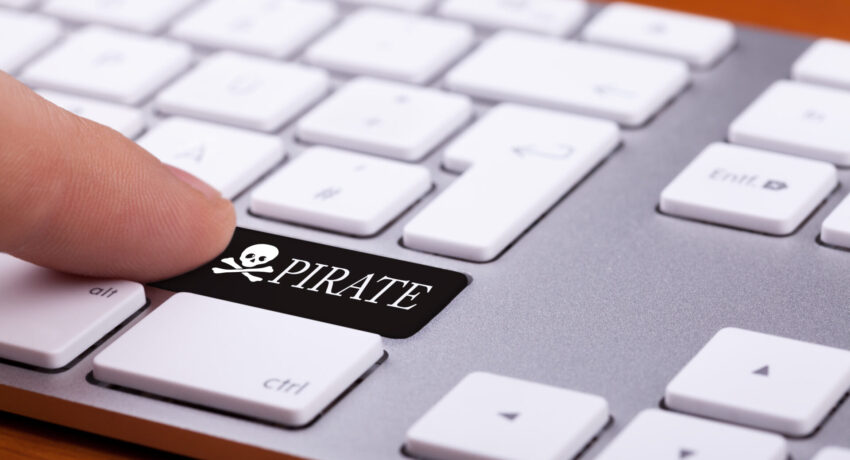The proposal to increase licence fee collection is facing opposition from private broadcasters. Marek Singer, CEO of the Prima media group, states that the current proposal would provide more revenue to public television and radio than the lawmakers claim.
At the end of June, the government approved the so-called major media amendment, which is supposed to strengthen the budgets of Česká televize (Czech Television, CT) and Český rozhlas (Czech Radio, CR). Among other things, the proposal foresees an increase in licence fees and a widening of the range of those who will have to pay them. The broadcasting market is therefore lobbying for hundreds of millions of Czech crowns that are crucial for how the cards will be dealt between public and private media.
The current draft to be discussed in the Chamber of Deputies on Thursday, 11 July has been criticised by the opposition as well. For example, the draft envisages that the fee will apply to households that do not have a television or radio but use smartphones or internet connection. It also includes an increase in fees from companies. The number of employees will now be a determining factor and larger companies will pay up to tens of thousands of Czech crowns. The change in the law is also intended to allow fees to increase automatically in line with inflation. The Ministry of Culture, which proposed the amendment, argues that television licence fees were last increased in 2008 and radio fees even in 2005.
Thanks to the amendment, Czech Television, for example, should receive about CZK 870 million more in its budget year on year. This year, the broadcaster is working with a budget of almost CZK 8 billion.
A wave of opposition to the proposal was raised by private broadcasters. One of the critics is Marek Singer, the head of the second-largest commercial television group in the Czech Republic. Singer argues, for example, that according to the calculations of Prima and the Association of Commercial Television, CT will end up receiving much more money than the bill’s drafters claim. He states that it would be between CZK 1.5 and 2 billion and that it is not clear how the ministry arrived at its calculation. Singer said such a sharp increase could also affect the programme production market.
“No one disputes the fact that Czech Television needs more money because of inflation and other reasons. What we are questioning is whether it should be such an abrupt change that we calculate at more than 20 per cent year on year. That will rock the entire market,” says Singer in an interview for Hospodářské noviny. “We need to know where the publicly owned Czech Television will move. It is financed differently than we are, and it is not dependent on the market and its fluctuations.” If the market gets bigger, Prima will also have to respond with more investment, Singer adds. The Association of Private Broadcasters, Prima, and other companies from the broadcasting industry formulated their reservations about the media amendment in a letter sent to Prime Minister Petr Fiala in May.
Even before that – in January – you were invited to workshops to be part of the preparation of the law. Do you feel that your views were not considered?
There were two processes running simultaneously. One was that we were pointing out the illogic of first announcing how much money should be allocated to the public media and then discussing what the money should be used for. That is our main objection. In response, the Ministry of Culture set up a working group to discuss the so-called memorandum. It is supposed to specify what the new money will be for and what the public service should be. The working group did not focus on other parameters, such as whether the fee should be adjusted for inflation. All of the quantitative, financial parameters were dealt with by the government coalition in parallel, without the working group having any knowledge of it or being part of the decision-making. The coalition simply talked it over separately.
But the memorandum discussion has not been finalised…
There was no one in the working group to kind of move it forward. We tried and took the initiative to propose at least a framework specification of the public service. We somehow commented on the proposal with Czech Television and that was the end of the working groups. Then, the Minister of Culture Martin Baxa (ODS) announced the draft of the final law.
Czech Television says that it is now drafting the memorandum and will describe its public service…
It is a very commendable initiative from the new CEO, Jan Souček, and his team. For the first time, someone is trying to describe what Czech Television will do in the next five years. The memorandum should specify the content priorities of Czech Television and its digital services. But still, the process is upside down. Logically, the Government’s Legislative Council said in its comments that Czech Television should fulfil its public service rather than defining it. The state is the one who should define it. We are also concerned that it is not clear what legal force the memorandum will have. Whether it is not just a piece of paper that any future government will rewrite.
The memorandum has a certain binding force in the sense that if the CEO of Czech Television does not comply with it, he can be dismissed. Is that not enough?
We are afraid that if the new government thinks it would be nice to increase the licence fee not by 15 but by 40 crowns, the memorandum will do nothing about it.
The private broadcasters do not like the financial parameters of the government’s proposal. Why?
There is a disagreement about how much money will actually flow to Czech Television thanks to the new law. The calculation depends on what model you use. We are using two models and both of them say it will be significantly more than what they are now estimating. Czech Television already said under the previous management that it needed to add between CZK 300 million and CZK 500 million a year but according to our calculations, it will get an extra CZK 1.5 billion to CZK 2 billion.
It seems to me that you don’t want Czech Television to broadcast more advertising, and at the same time, you don’t want it to receive more money from the fee payers…
We never said that CT should not get more money. We are saying that the model is built incorrectly. We have a dual system in the Czech Republic, which should ensure that both commercial and state-owned, public-service TV and radio stations are competitive. Nobody disputes the fact that CT needs more money because of inflation and other reasons. What we are disputing is whether it should be more than 20 per cent year on year as our calculations indicate. That will rock the whole market. If that money is reflected in production prices on a one-off basis, the whole market, including CT, will be affected.
We, the members of the Association of Commercial Television, have a consensus that the amount of funding for CT should not be determined first, earlier than the memorandum is dealt with. We also see a problem in the way the indexation of licence fees is proposed, in the way fees are collected, and in the increase in fees from companies. Above all, we are concerned about the extension of the definition of a payer as it is proposed now. These things together, plus the extension of the VAT exemption, make it a very different proposal.
Why is it a problem for you that licence fees should rise in line with inflation?
Personally, I am quite bothered that this is the first state institution that has guaranteed inflation protection. Why is that? Why does the Road and Motorway Directorate not have that? Perhaps only pensions are mandatorily indexed. If I understand correctly, there is a cap on the maximum increase in fees of six per cent. But it is not entirely clear, and we will try to clarify it.
Let us come back to the memorandum. There is a public service remit specification available today. It dates back to the 1990s but it is a certain list of what the public service is supposed to be. Is that not enough?
It is not enough because the market looks different today. And if so much money is to be poured into the public service media – CZK 1.5 billion into Czech Television and half a billion into Czech Radio – the state rather than the commercial media should want to know what they will get in return. After all, it is a public service. We would need to know where the public-service Czech Television is going as it is financed differently from us and is not dependent on the market and its fluctuations. Because if the market boosts, we have to try to be complementary.
Will CT be able to have advertising on its online platforms or not? That is also not clear from the current proposal.
If my understanding is correct, CT has accepted that it will not have advertising there. But in the final proposal, there was a surprising exception for advertising on video-on-demand services. We hope that someone just overlooked it and the ministry will eventually correct it.
The draft media amendment goes to the Parliament now. There is still room to lobby for changes. What will you do?
We are not just writing letters; we are going to try to compare our models with the ministry to see the difference. We will try to talk to anyone in the government or parliament about it. We will be explaining why we think it is a risky thing to make the increase so dramatic.
Are your TV competitors in agreement with you on the bill?
I don’t want to speak for them, but I would say that they agree with us on the principles that we are discussing: when there should be a memorandum, when there should be a law, and what a reasonable rate of increase in CT’s revenue is. But we would certainly find differences in the details. Each of us has our own priorities. For example, Nova is very interested in sports rights, so logically they want to know how much CT is going to intervene in sports.
But the letter to Prime Minister Fiala is missing the signature of someone from Nova. Why?
You will have to ask Nova. (Tereza Žižková from the Nova Group’s communications department wrote in response to HN: “We do not have a fundamentally different position on the key parameters concerning the major media amendment. It is just a question of how intensely and how positively we perceive the progress in the negotiations with the Ministry of Culture.” – ed.)
Have you received any official response to the letter to the Prime Minister?
Not yet.
The television market is changing, the viewership of classical television is decreasing, IPTV is growing in importance, and viewers are watching programmes on mobile phones and tablets. Competition from video-on-demand services is growing. What do you see as the biggest threat to the existing TV business model today?
The old linear model is based on watching a broadcast that you can’t fast-forward or rewind, and you have advertising with a certain amount of footage embedded in the broadcast. Thanks to technology, there are other platforms like IPTV, tablets, or mobile devices. And for various reasons, there is either no or significantly less ad space there. But fewer people are watching traditional TV. That means that in order for TV to maintain its original ad space reach, it should sell more advertising on those other platforms. That is partially successful, but it is not one-to-one. In an hour watched, a viewer is exposed to many more minutes of video advertising on linear TV than on any other platform.
So it is a threat to ad revenue…
That’s right. That’s why TV needs to figure out a way to target advertising more. Because the better I can target, the less advertising that nobody cares about I have, and the less space I need on these new distribution platforms.
How do you target better?
It’s hard. It’s about data. You use statistical models that are based on the knowledge of who is looking at what by IP address. You try not to bother your viewers with advertising and only hit them with ads that are relevant to them.
What is the development of corporate ad spend this year?
Fortunately, the TV and radio advertising markets – the two segments we are primarily interested in – are still showing unit percentage growth. And given that we have been able to hold on to market share, that means some growth for us as well. Online advertising is still a relatively small part of the portfolio for us, although we are seeing growth there as well.
Will you have better revenues for this year than last year?
That’s hard to say right now because autumn has the most weight of the whole year, but so far it looks like it. We have invested a lot in content, video services, and so on, so our growth has not translated into profit. For the first half of the year at the group level, we expect a unit percent increase in sales and a slight growth at the net profit level. There is no dramatic development, I would say our position is stable.
According to ATO-Nielsen measurements, Prima has the second largest viewership in the 15+ audience group after Czech Television. In the past year (ended 31 May) it achieved a share of 27.58 per cent of the audience, higher than Nova. But at the same time, Nova CEO Daniel Grunt says that while overall viewership is falling, his group is increasing its lead over you in the 15-54 age group and stealing a bigger share of the smaller viewership pie. What is happening in the market?
The number of people watching TV is declining, and younger age groups are seeing slightly faster declines in viewership. And within that market, you are fighting for audience share. We are increasing that share with viewers primarily in the 40+ target age group while they are increasing in the 40- target age group.
And that doesn’t concern you? Isn’t that a signal that you need to step up efforts somewhere?
It also depends on what programming you have on offer. We have been focusing a lot on the programming for the 40+ group. We had a few shows in the 40- segment that we thought would play more. Now we have adjusted our content strategy accordingly, and we are going to have a new batch again in the autumn to balance that out.
Can you give us a hint of what it is going to look like?
I can’t reveal details yet. But there will be shows aimed at the target group of thirty-somethings and to some extent forty-somethings. That is where Nova has strong titles right now. In general, entertainment or reality shows and similar programmes work very well for this target group.
What is the big draw at Prima now?
We are held up by our traditional pillars. We have a large segment of viewers who like relationship series, for example, ZOO or Slunečná. The evergreen is crime drama – the last series of Polda had the highest ratings so far. The news coverage is also working well, with CNN Prima News reaching new record levels in viewership thanks to the EU elections, and at selected times, it was also the most-watched news channel in the country. In total, we reached 1.1 million TV viewers during the election week and nearly three million users online.
As for the news, according to a recent study by Oxford University’s Reuters Institute, the proportion of the population that avoids news coverage because it depresses them is growing rapidly. This is probably the impact of events in Gaza and Ukraine. Are you seeing this effect in your business?
Not at the moment. Maybe it is because we obviously cover big international events like Gaza or the war in Ukraine, but we are careful to intersperse that with domestic coverage. It may seem that the coverage is too regional, too local, but the Czech viewers need this balance. They cannot receive only bad news.
Have you cut back a bit on the international coverage?
All of us have cut back. When the war in Ukraine was fresh, everyone was watching. But after a while, people want to see something else. It is psychologically hard to be exposed to war in the news. There is also a big effect of the younger generation consuming a lot of news on social media, and it is hard to get them in front of screens at news time. They just watch the news in their feed of posts and videos on social media, which of course is where we are with CNN Prima News. But on the networks, the news is mixed in a different way than it is in a traditional newsroom. There, users don’t just consume pure news, they mix it all up, from pussies to Gaza.
What can be done with news to make it more appealing to younger viewers? As far as I know, Nova has tried to do that with certain formats…
That is an important question. Yes, Nova tried to do so, but I can’t judge how successful they were. I don’t quite see it in the figures. We are going to try to do that as well, but it is a lot about learning and understanding how and what messages young people want to consume. The younger generation just has different preferences, thinks about news differently, and quite often has different views on events. I’m not sure that news can be the same for them as it is for an older target audience. But this applies to other areas of video production as well. We just don’t have a recipe for news for the young yet.
The collaboration with US news station CNN is based on a renewal licence. Renewal time will be after the first five years next year. Do you know yet whether CNN will want to renew the licence with you?
CNN definitely wants us to continue. They are even referring to us as one example of how such a collaboration can work. They value us for the way in which we cover key events, for example for our ranking in the Reuters Institute, which rates the quality of news channels. In this ranking, our credibility is growing every year, and we are already behind the public service entities.
Will you have to renegotiate the price or other terms of the licence? Or is it already fixed?
We do not comment on the financial terms of the cooperation.
Your video library prima+ has announced that it already has one million registered visitors – together in the paid and free sections. In February, you said there were about 125,000 paying users. Unlike your competitor Voyo, which started with a paid model, you launched prima+ first in an ad-supported model and only then started to expand it to include a paid model. Was this approach better?
In the world, you have platforms that started with an ad-supported base and gradually added paid tiers. On the other hand, you have Netflix, which only added advertising the year before last. Given that we have had this project in its current mode for a year and a couple of months, I am happy with the results. I mean, I am never satisfied but we have learned a lot about what the content requirements are. We have yet to learn how to produce content for such a platform. Some of that is in progress to be ready for the autumn season.
Will the content you produce for prima+ eventually go to a traditional broadcast, which is what Voyo does?
No. We found that we had to change our content strategy for prima+. And that will start to show this autumn. Primarily the 20- to 40-year-olds, the ones who have left us from classical television, have switched to these services. As I have said, they have their specific content preferences – entertainment, reality shows, and some slightly more niche formats that you don’t normally do as much for the mass viewer. We are starting to get two models here – one is content for the mainstream TV viewer and the other one for the more niche viewer.
You said in an interview with HN three years ago that when PPF gets involved in something, “the competitors will stand on their tiptoes”. They are now praising the growth of Voyo and you started a similar video library later. You wanted to wait to see how they would be going. Didn’t you miss the chance?
They really reaped the benefit of being the first and they were also helped further by the post-covid wave where adoption of these online services jumped by many percent in the mainstream population as well. Fortune favours the brave – they have invested a lot of money that will probably pay them back at some point. But I can’t fully judge the whole business just from the number of subscribers (Voyo counts the number of paying users including Slovakia and reports more than 800,000 paying viewers for both markets. According to experts, it may be around 600 thousand in the Czech Republic alone – ed.). If Voyo is now making an operating profit, everything the owners invested in it has been spent taking into account depreciation. It is great in terms of market position, but it is not money. The effect of viewers switching from the traditional model to Voyo also means that the owners have reduced their advertising space. So they have sucked a profitable business into a non-profit business.
But prima+ is certainly not in the black either…
We are trying to balance the shift now so that we don’t reduce too much of the audience base of classical television. Plus, we want to have an advertising layer in there. Subscription is a sophisticated thing: the more similar services there are, including international ones, the less loyal viewers become, jumping from one platform to another, easily every month. You are putting money into new and new content all the time, but you can’t stop. Once you stop, viewers go elsewhere.
How will prima+ do it?
We will add gradually to see when it stops making sense. It seems like a better strategy to us.
Source: archiv.hn.cz


